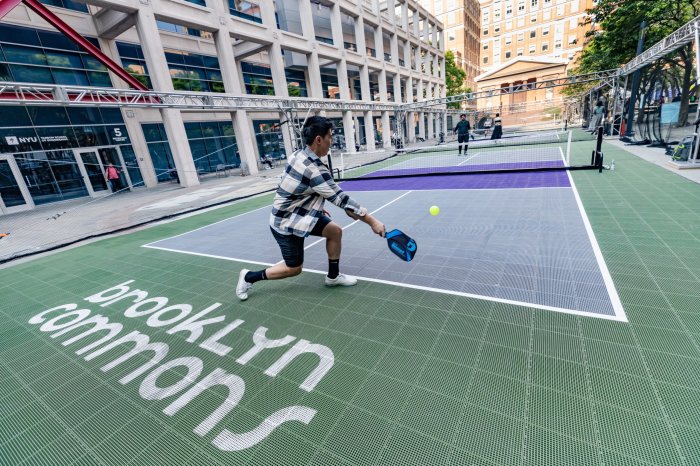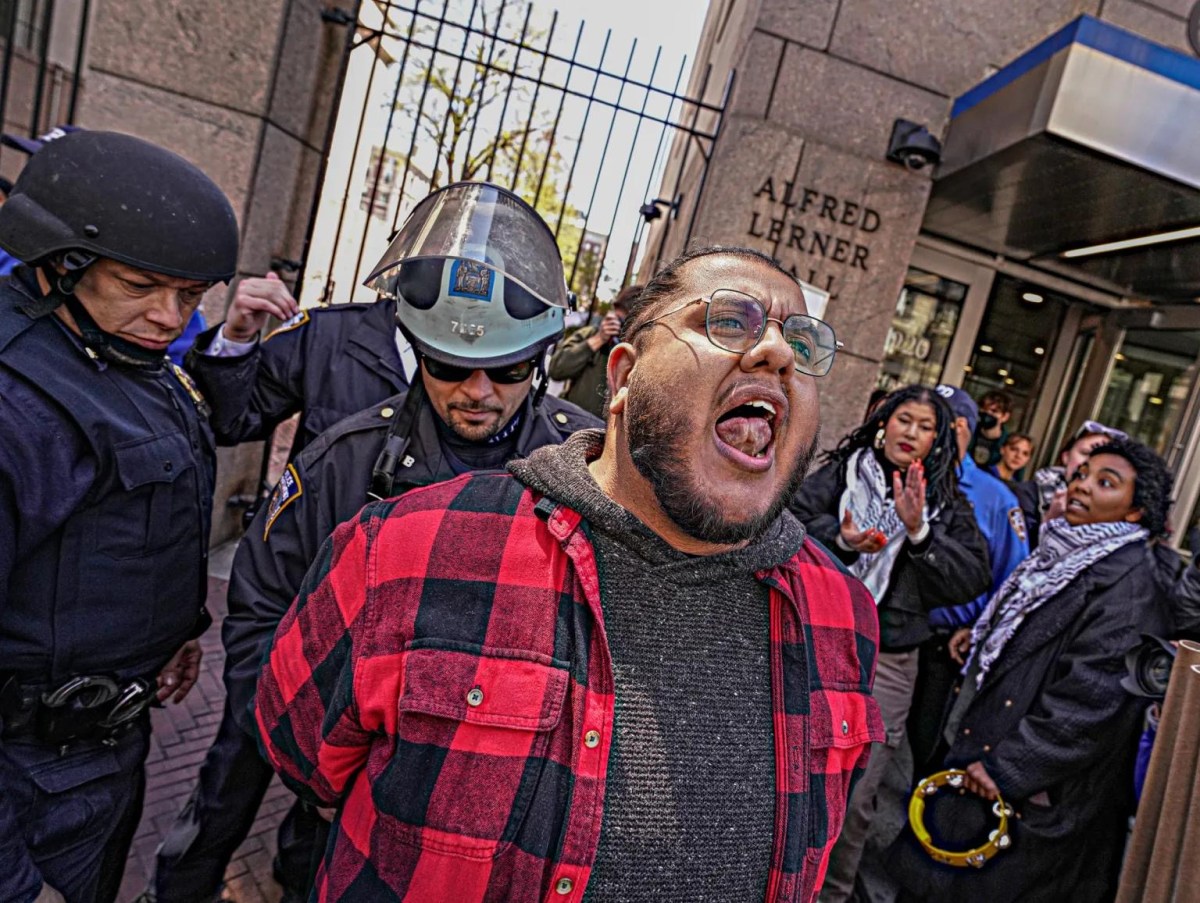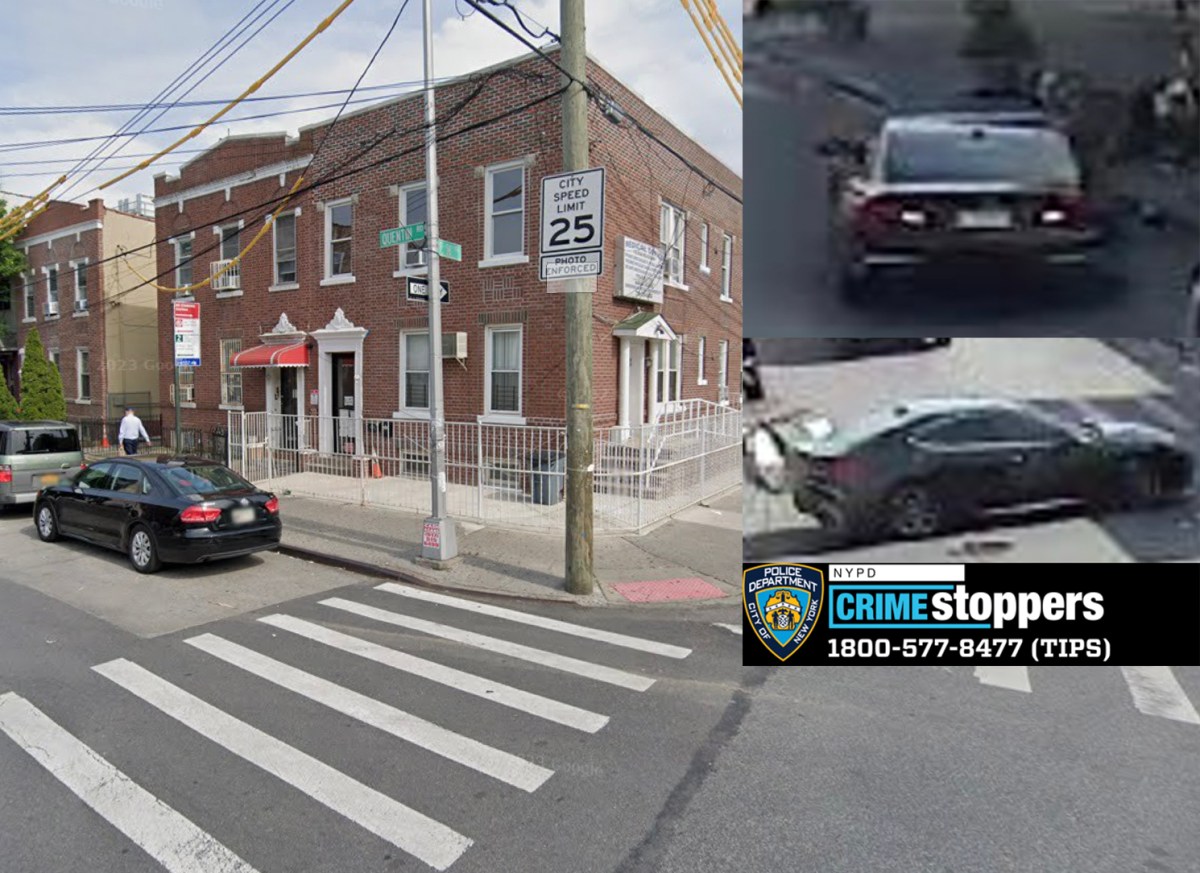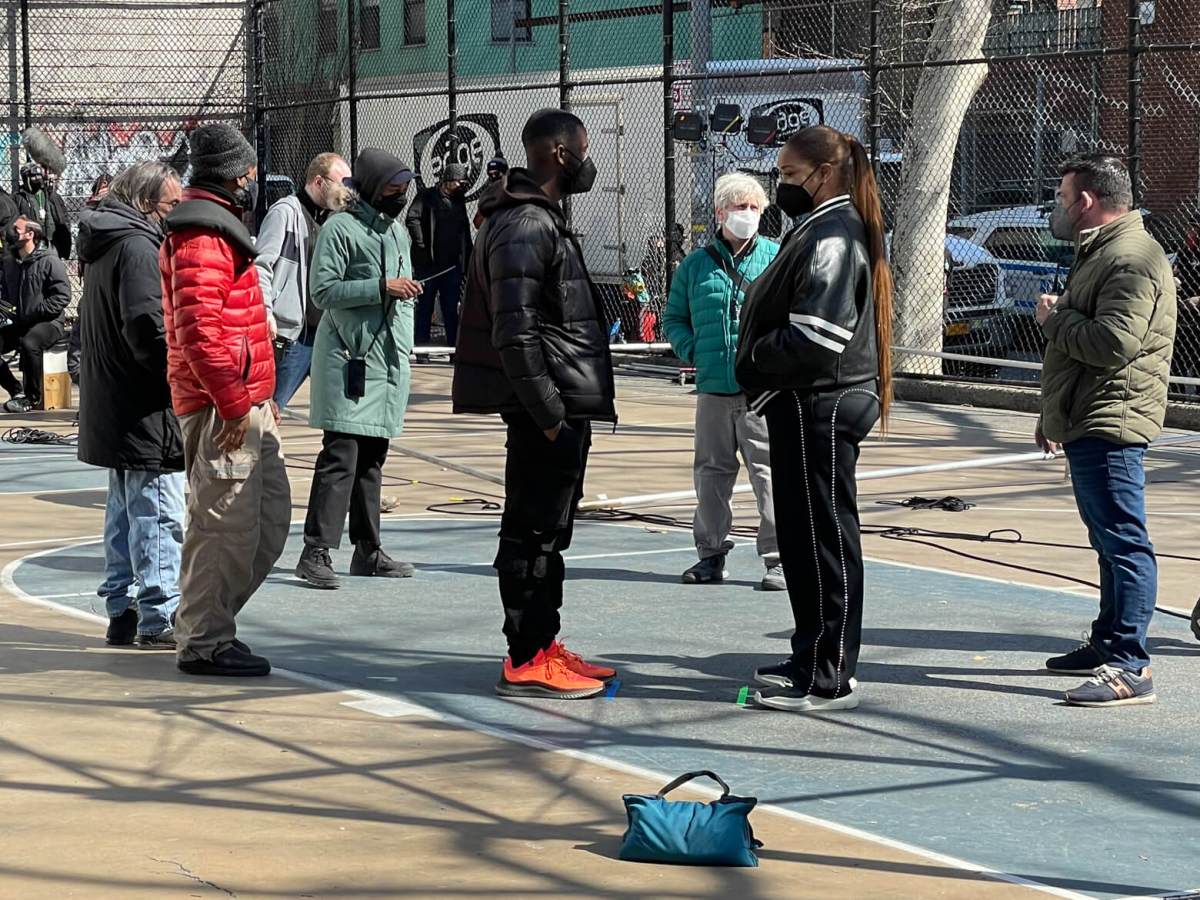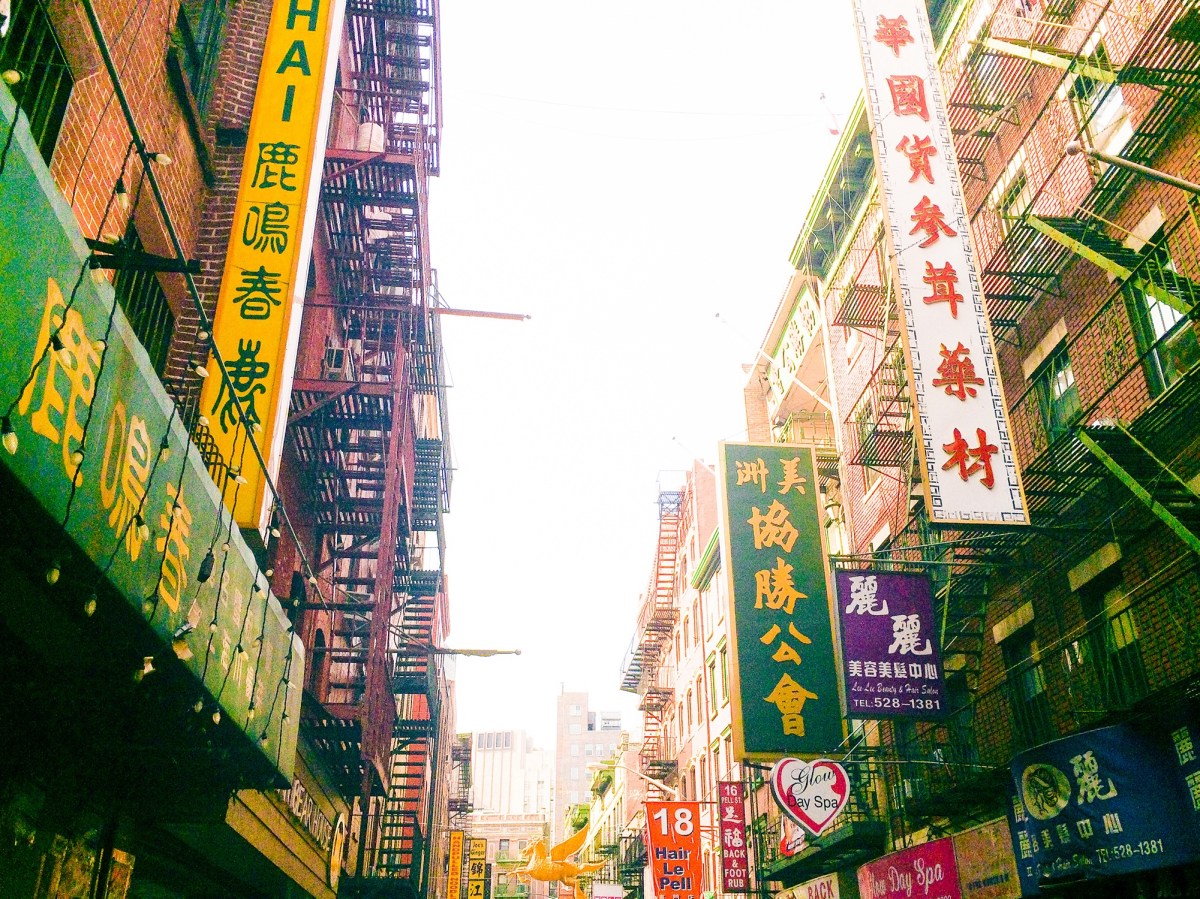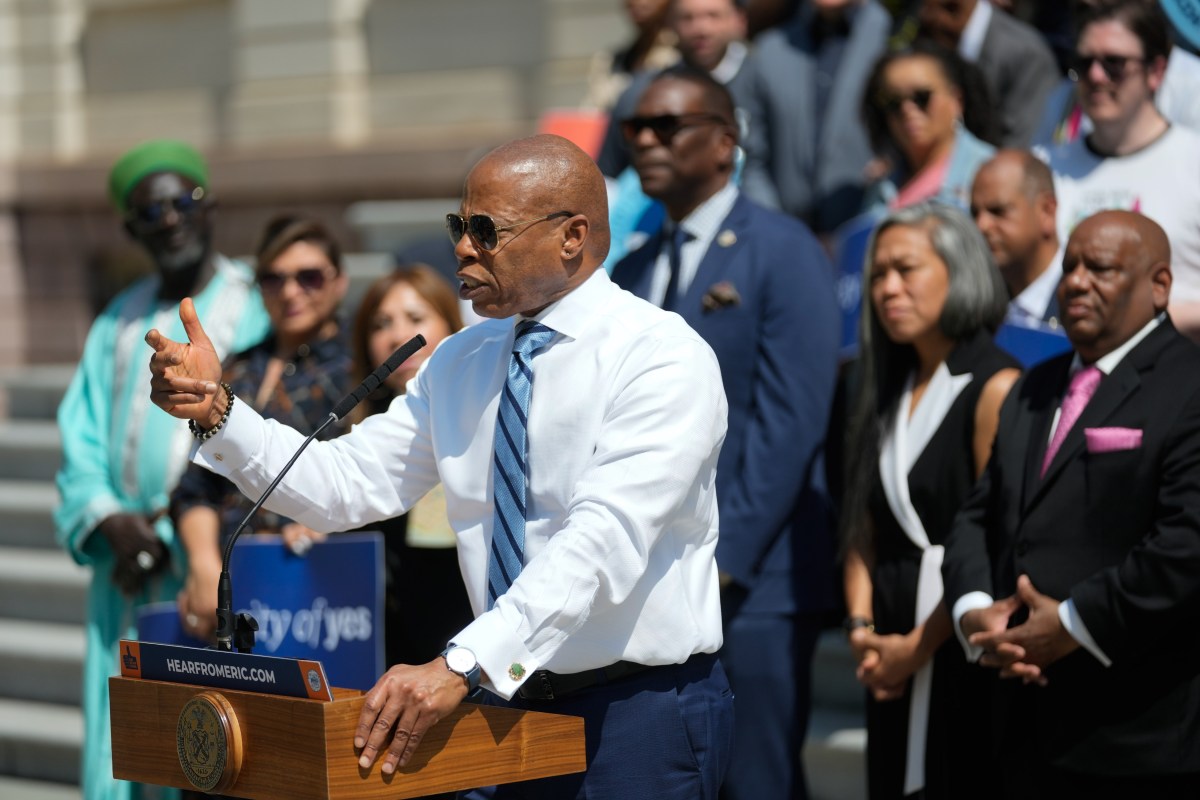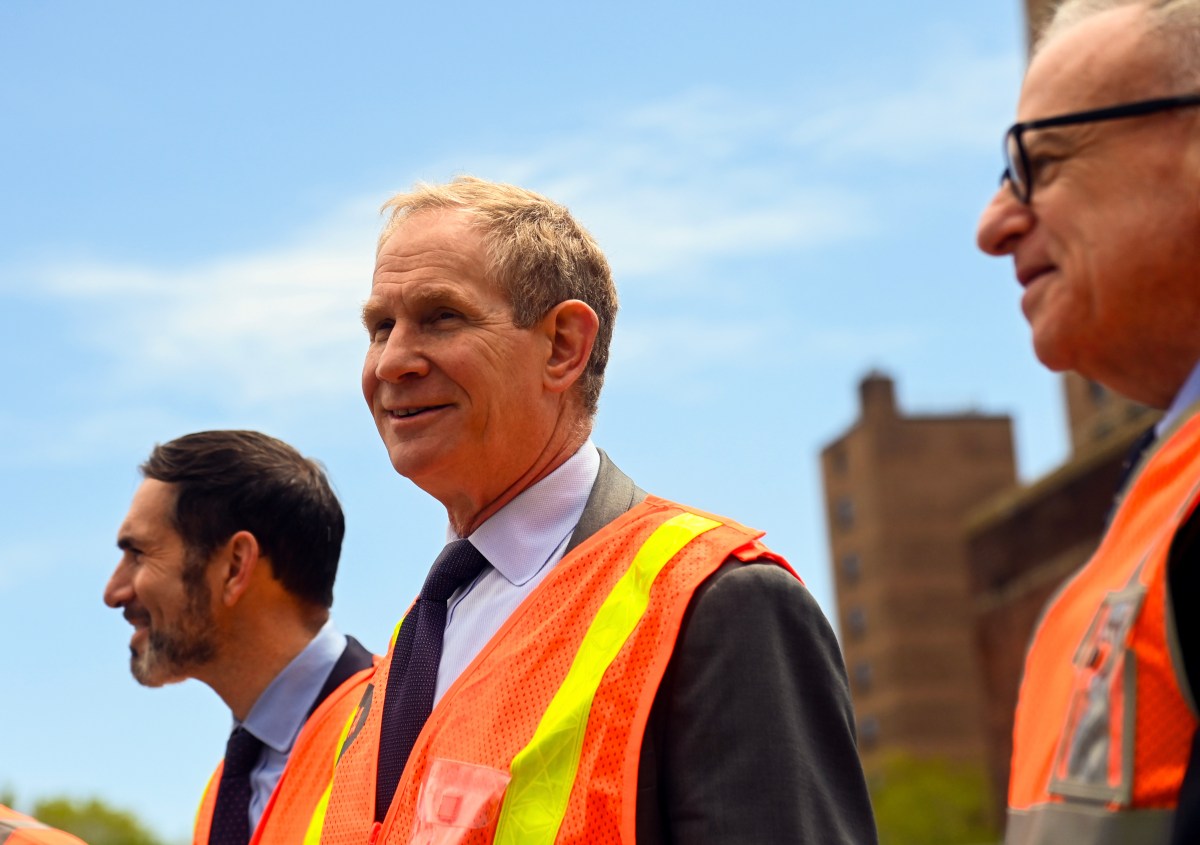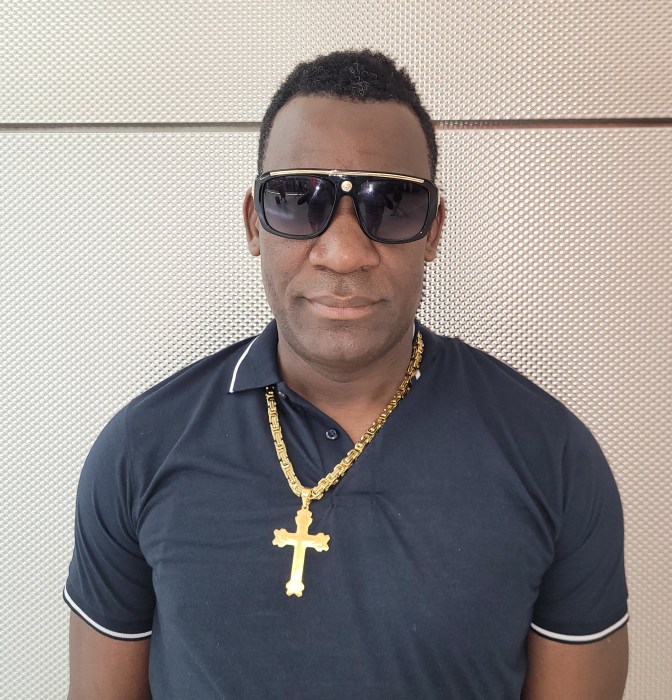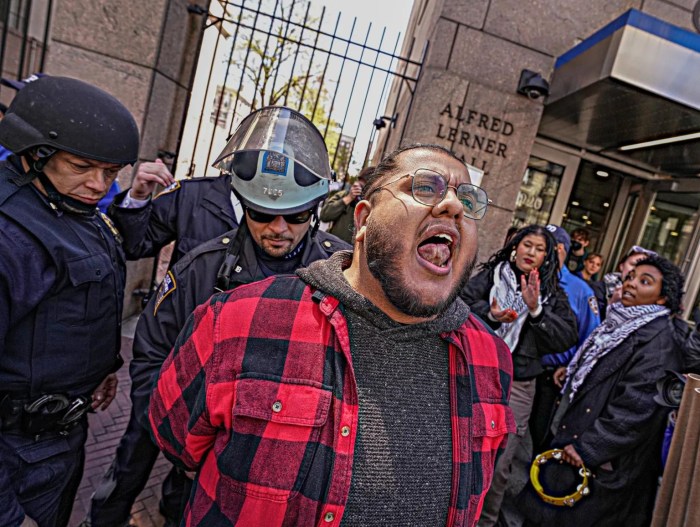They battle dictatorships on the front lines and take incalculable risks in volatile wastelands to alert us to human tragedy, using the most impenetrable weapons on earth: words and cameras.
More than 900 journalists and photographers around the world have died on the job since 1992, some targeted, others silenced because they were in the wrong place at the wrong time, but all of them brave freedom fighters for surrendering their lives to report on calamities, and expose and bring to justice the world’s deadliest regimes.
American war correspondent Marie Colvin, French photographer Rémi Ochlik, and Syrian video blogger Rami al-Sayed became the latest media fatalities of the withering Arab Spring last week when Syrian security forces bombed the besieged city of Homs, killing hundreds of people in one of the deadliest campaigns of civilian strong-arming by President Bashar al-Assad.
Their murders bring the year-old rebellion’s media death toll to 21, and come five days after New York Times reporter Anthony Shadid, a two-time Pulitzer Prize-winner, suffered a fatal asthma attack covering the crisis near the Turkish border.
Colvin, 55, Ochlik, 28, al-Sayed, 26, and Shadid, 43, reported their staggeringly difficult stories under unbearable circumstances and amid hazards that cannot be exaggerated. Their vital work exalts them as the best of the Fourth Estate, and they will be immortalized accordingly in the Journalists Memorial in Washington, DC, alongside the 2,084 media members from around the world who have died reporting the news.
Colvin’s final dispatches scream of her life-and-death struggle to share the appalling truth as it unfolded — terrifyingly — before her.
“I watched a little baby die today, absolutely horrific, just a 2-year-old been hit, they stripped it and found the shrapnel had gone into the left chest. The doctor just said, ‘I can’t do anything.’ His little tummy just kept heaving until he died. That is happening over and over and over,” she informed the BBC shortly before a rocket blasted her makeshift media tent into smithereens.
Ochlik’s career was brief, but brilliant. He visited Haiti in 2004 while still a student to capture the fall of then-President Jean-Bertrand Aristide, winning a prize for his efforts. He also co-founded a press agency to cover global conflicts, and his evocative photographs of atrocities and disasters in the Caribbean and Africa are lasting portraits of immeasurable human strife.
Al-Sayed distinguished himself as one of the first activists to dodge sniper bullets and film the torment in Syria, keeping his camera rolling until the bitter end. His final, heart-numbing clip shows friends weeping over his dead body.
Shadid, the embodiment of titanium fortitude, survived bullets, kidnapping and torture to put a face on the brutal facts: in an Aug. 20 article about casualties of the Iraq War, he tells of a mother identifying her son: “Reflexively, her hands slapped her face. They clawed, until her nails drew blood. ‘If I had only known from the first day!’ she cried,” he writes.
Words and cameras are the only enduring weapons in the war against inhumanity. Valiant press warriors who use their last breaths to uncover the truth deserve the highest honors because without them there is no freedom — or democracy.
Sabruzzo@cnglocal.com
Shavana Abruzzo's column appears every Friday on BrooklynDaily.com.




